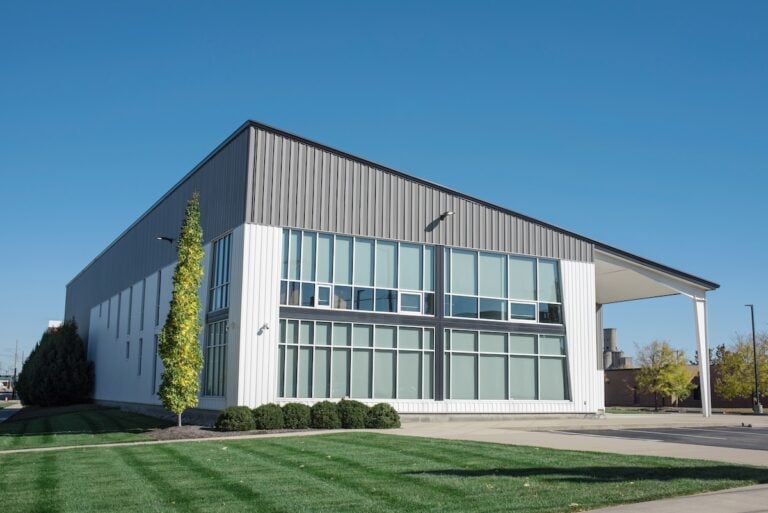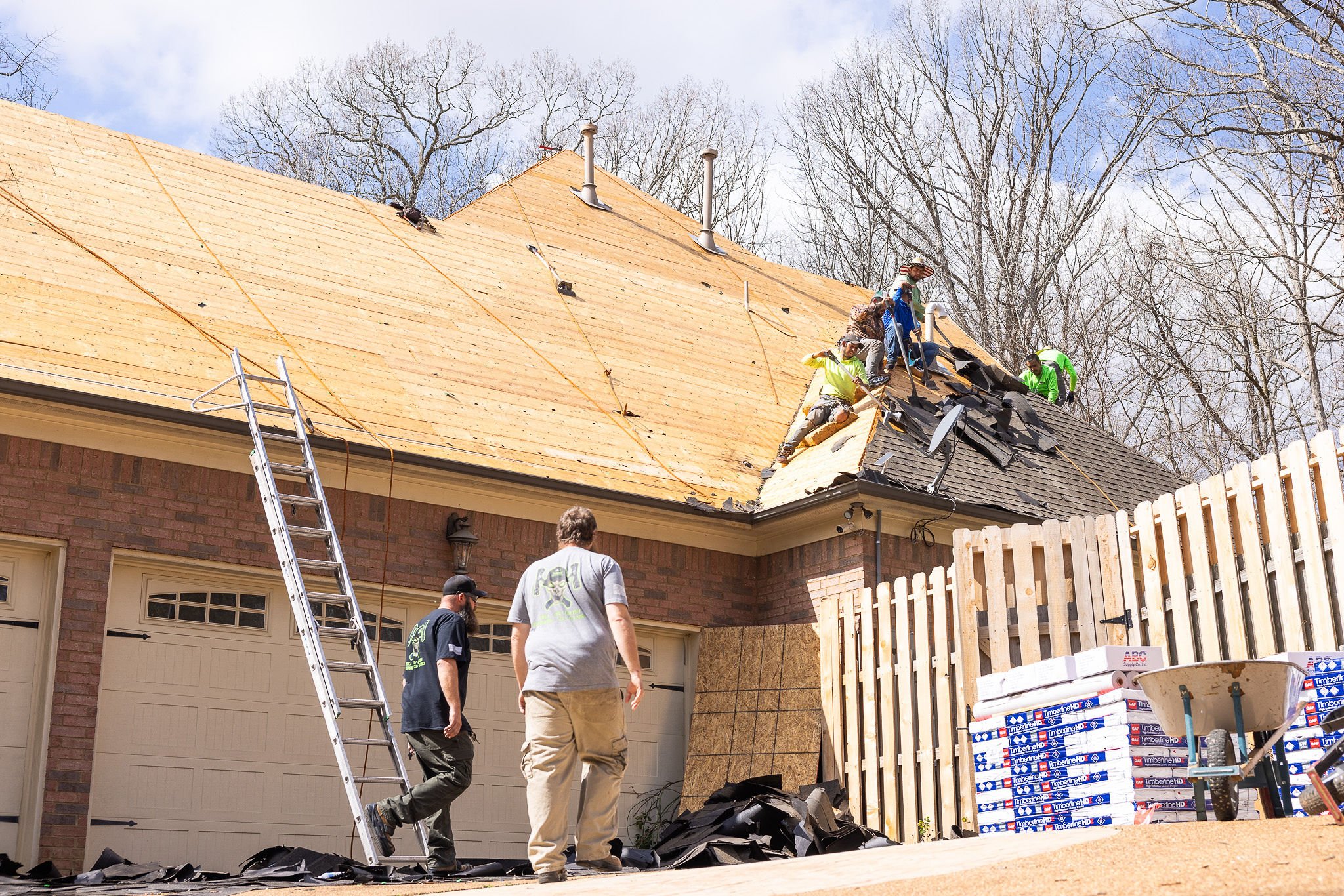When you think about roofing options for your home, the traditional gabled roof probably comes to mind first. But have you considered a shed roof? This simple, single-slope design is gaining popularity among homeowners who want something both practical and modern.
If you’re exploring different roofing styles for your next project, understanding the benefits and drawbacks of shed roofs can help you make the best choice for your home.
This comprehensive guide will cover:
- Why shed roof design matters for your home
- The main advantages and disadvantages of shed roofs
- Important considerations for shed roof installation
- How to decide if a shed roof is right for your property
🏠 Why Shed Roof Design Matters

Choosing the right roof shape affects more than just your home’s appearance. Your roof design impacts everything from water drainage to energy efficiency to long-term maintenance costs.
Shed roofs offer a unique combination of simplicity and functionality that appeals to many homeowners. This single-slope design can work well on both modern homes and traditional structures, depending on how it’s implemented.
Key benefits of understanding shed roof design include:
- Better water management and drainage
- Potential cost savings on materials and labor
- Improved energy efficiency options
- Enhanced natural lighting opportunities
- Simplified maintenance requirements
👉 5 Key Pros and Cons of Shed Roofs
Understanding both the advantages and challenges of shed roofs helps you make an informed decision. Here are the most important factors to consider:
1. Cost-Effective Installation and Materials
Shed roofs are among the most economical roofing options due to their simple and straightforward design. Unlike more intricate roof types, such as gable or hip roofs, shed roofs require fewer materials and significantly less labor time to construct.
- The single-slope design reduces the need for complicated cuts, angles, and measurements during construction, which simplifies the entire process.
- Additionally, the streamlined structure results in less material waste compared to more complex roof designs. This makes shed roofs an excellent option for homeowners or builders working within a tight budget.
- The simplicity of the design also means maintenance and repairs can typically be done more quickly and affordably over time.
2. Excellent Water Drainage
Shed roofs excel when it comes to water management, making them a smart choice for areas prone to heavy rain or snowfall. The steep single slope creates a natural pathway for water and debris to flow off the roof efficiently, reducing the risk of leaks and damage caused by standing water.
- This efficient runoff system minimizes issues like pooling water, which can weaken roofing materials over time and lead to costly repairs.
- In colder climates, the design helps prevent ice dams from forming, as snow naturally slides off the slope instead of accumulating.
- With proper gutter and downspout installation, the water is directed safely away from the structure, protecting the foundation and surrounding areas.
3. Modern Aesthetic Appeal
Shed roofs are a favorite choice for modern and contemporary architectural designs due to their sleek and minimalist appearance. The clean, bold lines of the single slope create a striking geometric look that complements cutting-edge design principles.
- The angular design provides a unique and modern aesthetic that stands out, giving homes and buildings an updated, sophisticated appearance.
- Shed roofs pair particularly well with large windows and open floor plans, enhancing natural light and creating a spacious, airy feel inside the home.
- They offer versatility in terms of materials, allowing builders to experiment with metal, wood, or other finishes to achieve a customized look that fits the overall design theme.
4. Limited Attic Space
One drawback of shed roofs is the limited attic space they provide compared to more traditional roof styles. The sloped nature of the design creates uneven ceiling heights, which can restrict usable space above the living areas.
- The reduced overhead space means there is less room for storage, which can be a disadvantage for homeowners who rely on their attic for organizing seasonal items or other belongings.
- The uneven angles of the roof can also make it challenging to install HVAC systems and other equipment, as the limited space may not accommodate standard sizes or layouts.
- While the modern appearance of a shed roof is a major advantage, homeowners should carefully consider their storage needs and mechanical requirements before choosing this style.
5. Potential Drainage Challenges
Although shed roofs excel at water runoff due to their steep slope, they do concentrate all water drainage on one side of the building. This creates unique challenges that require careful planning to avoid potential issues.
- The high volume of water flowing to a single area means that gutters, downspouts, and drainage systems need to be properly designed to handle the load. Without adequate infrastructure, the concentrated runoff could cause erosion, water pooling, or damage to the siding or foundation.
- Larger gutters or additional downspouts may be necessary to accommodate the increased water flow, which could add to installation costs.
- Ground drainage systems, such as French drains or sloped landscaping, may also be required to direct water away from the building effectively, ensuring long-term protection for the structure and surrounding property.
🔧 Important Installation Considerations

Planning a shed roof installation involves several key factors that affect both performance and longevity. Professional installation ensures your roof meets local building codes and weather requirements.
Structural Requirements
Shed roofs need proper support to handle the concentrated load distribution. The single slope creates different stress patterns than traditional roofs.
Foundation and Wall Considerations:
- Higher wall on one side requires stronger support
- Proper bracing prevents structural movement
- Foundation must accommodate height differences
Slope and Drainage Planning
The roof pitch determines water flow speed and drainage effectiveness. Steeper slopes shed water faster but may create more concentrated runoff.
Optimal Slope Guidelines:
- Minimum 1/4 inch rise per foot for proper drainage
- Steeper pitches work better in high-precipitation areas
- Local building codes may specify minimum requirements
Material Selection
Different roofing materials perform better on shed roofs depending on the slope angle and local climate conditions.
Best Material Options:
- Metal roofing: Excellent for low slopes and modern appearance
- Asphalt shingles: Cost-effective for steeper pitches
- Membrane roofing: Ideal for very low slopes or flat applications
💡 Making the Right Choice for Your Home
Deciding whether a shed roof fits your home depends on several personal and practical factors. Consider your budget, architectural style, and local climate when making this important decision.
Your home’s existing structure may influence whether a shed roof conversion is practical. Older homes might need significant modifications to support the new roof style. Modern homes often adapt more easily to shed roof designs.
- Climate Considerations:
Areas with heavy snow loads need steeper pitches to prevent accumulation. Regions with intense sun exposure benefit from proper insulation and ventilation planning. - Budget Planning:
While shed roofs often cost less initially, factor in potential modifications to walls, gutters, and drainage systems. Long-term maintenance costs are typically lower due to the simple design. - Aesthetic Goals:
Shed roofs work best when they complement your home’s overall design theme. Consider how the roof line will look from different angles and how it fits with neighboring properties.
Ready to explore whether a shed roof is right for your home? Contact Summit Roofing & Restoration today for a free consultation. Our experienced team can assess your property and help you choose the perfect roofing solution for your needs and budget.


